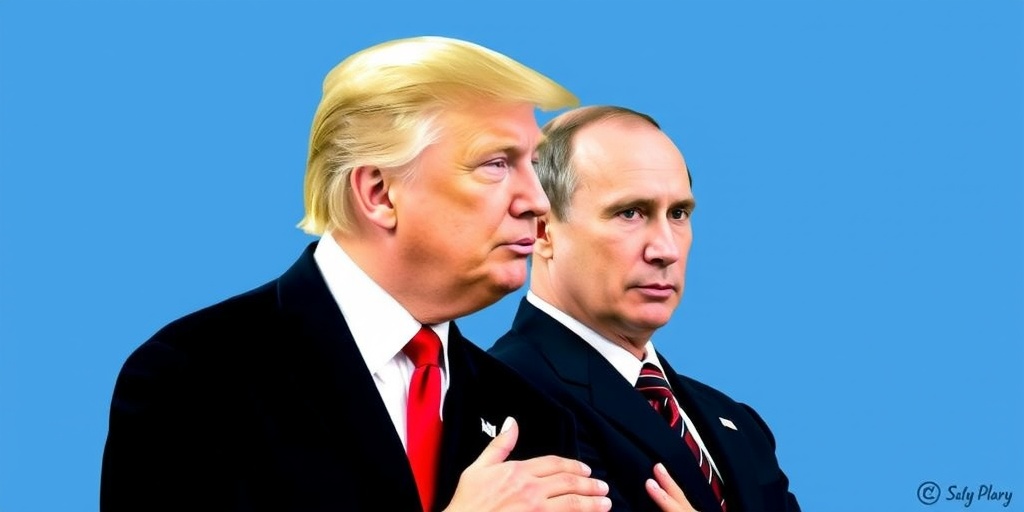Now Reading: Trump Aims to Block Student Loan Relief for Workers Helping Migrants and Trans Kids
-
01
Trump Aims to Block Student Loan Relief for Workers Helping Migrants and Trans Kids
Trump Aims to Block Student Loan Relief for Workers Helping Migrants and Trans Kids

Trump Administration Alters Student Loan Forgiveness Program, Targeting Groups with Controversial Activities
In a recent move, President Donald Trump signed an executive order that could significantly alter the landscape of the Public Service Loan Forgiveness (PSLF) program, particularly impacting nonprofit organizations engaged in certain activities. The executive order, revealed on Friday, directs federal officials to modify the program to exclude nonprofits involved in what the administration describes as activities with a “substantial illegal purpose.”
This directive appears to primarily target groups that support undocumented immigrants, diversity initiatives, or gender-affirming care for minors, among others. The Trump administration has been vocal in its efforts to withdraw federal support from initiatives that it believes are contrary to its political agenda.
The PSLF program, established in 2007, was designed by Congress to alleviate the student debt burden for individuals who choose to work in government or qualifying nonprofit jobs. However, the program has often been criticized for its convoluted rules and bureaucratic hurdles, leaving borrowers frustrated and uncertain about their status. As such, the executive order introduces another layer of complexity that may further complicate the application of the program.
With this order, President Trump instructs the Secretaries of Education and Treasury to amend the PSLF program’s criteria, ensuring that it excludes workers for organizations that the government suspects might be “aiding or abetting” violations of federal immigration laws. This was explicitly cited in the order, making it clear that nonprofits known for supporting immigrant populations could find their employees ineligible for loan forgiveness.
The Trump administration has previously interpreted the definition of what constitutes support for illegal activities broadly. Organizations providing support for diversity and inclusion initiatives, for instance, have been categorized under the umbrella of “illegal discrimination,” which the administration has aggressively targeted. Moreover, the order specifically singles out entities that advocate for gender-affirming care for children, equating such support with “child abuse,” specifically naming actions like chemical or surgical castration as grounds for exclusion from the program.
Additionally, the executive order targets organizations purportedly involved in a pattern of illegal activities, including trespassing, public nuisance, and vandalism. This language could serve as a tool against activist groups that have participated in civil protests, raising concerns about potential repercussions for political activism. Moreover, the order includes a clause aimed at those labeled as supporting “terrorism,” a term the Trump administration has controversially applied to various forms of political dissent, including protests against American policy in Israel.
Implementing these changes usually necessitates a formal rule-making process, which can extend for many months or even years and involves a period for public comment. However, the Trump administration has frequently bypassed traditional legal limitations, sparking anxiety among those who are still navigating the often-treacherous waters of loan forgiveness eligibility.
The PSLF program has a troubled history, with reports of rejection rates soaring to as high as 99% for applicants due to complicated rules and liabilities associated with loan servicing. During President Biden’s tenure, efforts were made to simplify the program, using waivers and exceptions to eliminate obstacles, resulting in over one million borrowers benefiting from significant debt relief totaling approximately $79 billion.
Currently, an estimated two million people are engaged in payments that count towards their loan forgiveness eligibility under the PSLF program, closely monitoring their progress to complete the requisite 120 monthly payments that qualify them for eventual relief.
Eligible borrowers include those employed in government roles across federal, state, or local levels and individuals working for certain tax-exempt nonprofit organizations. While most organizations that are tax-exempt under Section 501(c)(3) qualify, many do not, such as labor unions and partisan political entities.
Confusion over the definition of “public service” has been an ongoing issue since the program’s inception, causing frustration and disputes. Notably, a group of lawyers successfully challenged their ineligibility status in 2019, emphasizing the ambiguity often surrounding the criteria.
The recent executive order by President Trump seems to reflect an ideological stance against organizations deemed unfavorable by the administration. It echoes similar legislative attempts made last year in the House, where a bill that would allow the government to revoke a nonprofit’s tax-exempt status over alleged support of terrorism was stalled in the Senate. Critics argue that such measures could be wielded selectively to target political adversaries.
As this situation unfolds, borrowers await clarity and direction regarding the future of their loan forgiveness options, showcasing the intersection of policy, politics, and the ongoing struggle for civil rights and organizational support in the U.S.
Stay Informed With the Latest & Most Important News
Previous Post
Next Post
-
 01New technology breakthrough has everyone talking right now
01New technology breakthrough has everyone talking right now -
 02Unbelievable life hack everyone needs to try today
02Unbelievable life hack everyone needs to try today -
 03Fascinating discovery found buried deep beneath the ocean
03Fascinating discovery found buried deep beneath the ocean -
 04Man invents genius device that solves everyday problems
04Man invents genius device that solves everyday problems -
 05Shocking discovery that changes what we know forever
05Shocking discovery that changes what we know forever -
 06Internet goes wild over celebrity’s unexpected fashion choice
06Internet goes wild over celebrity’s unexpected fashion choice -
 07Rare animal sighting stuns scientists and wildlife lovers
07Rare animal sighting stuns scientists and wildlife lovers




















